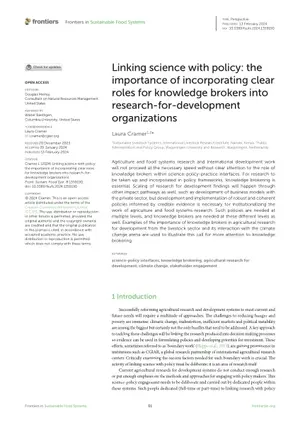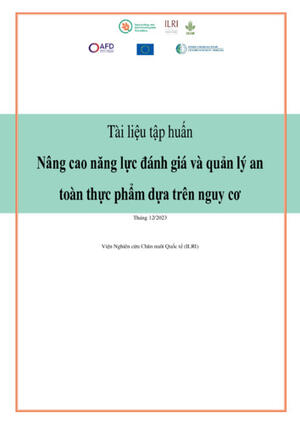
Development policy and practice – a case study in disruptive innovations
By Eva Ohlsson and Boleslaw Stawicki
A disease that was supposed to have been preventable by vaccine recently reemerged as a major killer of chicks in Kenya, seriously damaging the livelihoods of countless smallholder farmers and driving thousands of them out of the poultry business altogether. It wasn’t supposed to be this way: A vaccine for infectious bursal disease, an acute, highly contagious viral disease of young chickens, had been developed in the previous decade and raised hopes of someday eliminating the disease. Yet by the 2010s, it was becoming clear that the vaccine wasn’t nearly as effective as anticipated. In Kenya and elsewhere, whole flocks of vaccinated chicks were coming down with the disease; in some cases, mortality rates neared 100 percent.
Chickens require little in the way of space and start-up capital. Most poultry growers in Kenya are smallholder mixed livestock and crop farmers—and a majority of these farmers are women, who typically invest most of their earnings in feeding their families and educating their children. The reemergence of infectious bursal disease was hitting hardest those least able to afford it.
To understand why vaccinated chickens were contracting the disease, scientists needed advanced DNA sequencing and bioinformatics platforms to compare the molecular makeup of the virus strains circulating in Kenya with the ones used in the commercial vaccines. The BecA ILRI Hub is one of the few facilities in Africa which offers the needed equipment. In partnership with Kenya’s Directorate of Veterinary Services—the government agency responsible for animal health—ILRI embarked on a 12-month long research project that culminated in the creation of an innovative diagnostic tool to develop improved vaccines as well as control the disease. A new vaccine is still in development but will eventually transform the livelihoods of the poultry farmers, including the smallholder women farmers who run poultry microenterprises.
Crucial support for this work was provided by Sida, the Swedish International Development Cooperation Agency, which has long recognized the central role of innovation and research in achieving development goals. Sida recognizes the disruptive potential innovations can play in transforming people’s livelihoods. Disruptive innovations such as mobile money or household solar systems were developed with people in the developing world in mind, and these solutions have transformed the lives of millions by making them bankable or providing access to information.
These efforts are especially important since the disease disproportionally impacts smallholders who are not linked to the formal markets. It would have taken a long time for the private sector to step in and fund research on infectious bursal disease for women farmers in Kenya. Through its support to research and innovations, Sida is effectively addressing a market failure: A disease with major social implications that would otherwise have been neglected.
Eva Ohlsson is senior research advisor with Sida and the Swedish representative to the CGIAR System Council. Boleslaw Stawicki is ILRI’s head of business development.















